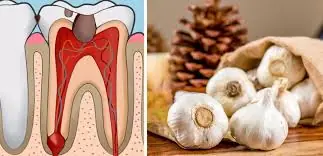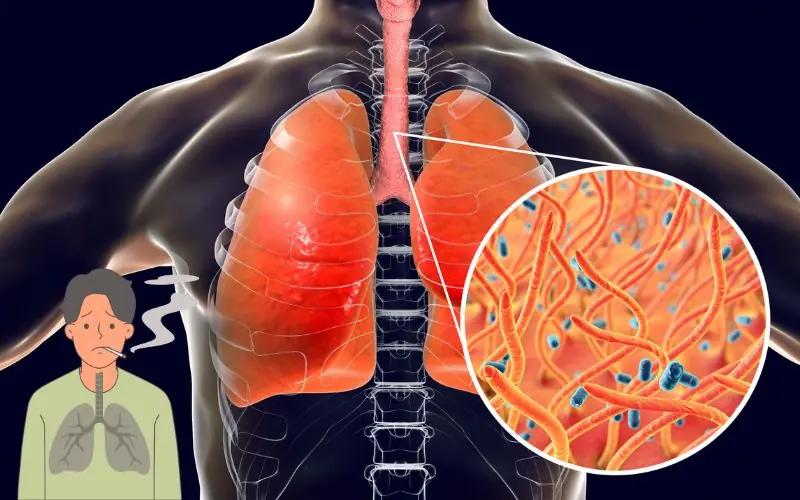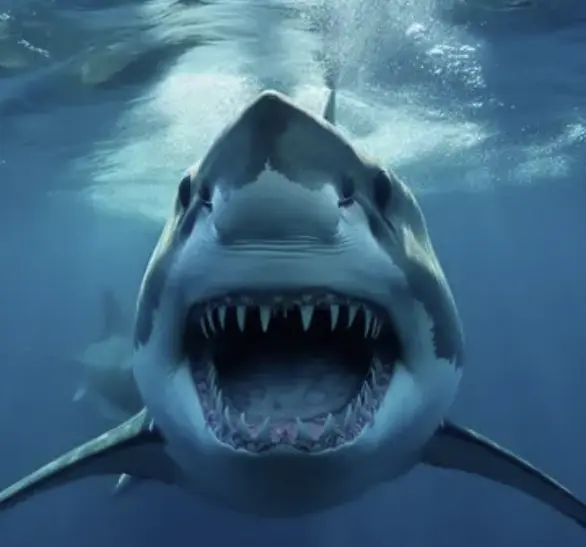
8 taboos when using the refrigerator, of which 9/10 people make mistakes with the 4th and 7th

Refrigerators have become a very familiar device for all households today. However, not everyone knows how to use the refrigerator safely and durably, and even make mistakes.
- Using the wrong power supply voltage
Consumers need to make sure that the power supply voltage must be suitable for the refrigerator, absolutely not increasing or decreasing suddenly, which is extremely dangerous. Therefore, the most suitable voltage for the refrigerator is always kept at 220V.
- Plugging other devices into the refrigerator socket
Many families often have the habit of sharing the refrigerator plug with other sockets, which is a serious mistake. The refrigerator is a device that consumes a lot of electricity, so if many devices are plugged into the same refrigerator socket, it can cause a fire or short circuit at any time.
Do not plug multiple sockets into the same socket as the refrigerator because it can easily cause fire and explosion
- Use a power cord or socket that is too old or shows signs of damage
If the power cord of the refrigerator or socket shows signs of damage, it should absolutely not be used because it has a very high risk of short circuit. If the power cord of the refrigerator is damaged, call the warranty center for support, avoid arbitrarily replacing the power cord because it can cause danger later.
- Place a water bottle or heavy object on top of the refrigerator
Do not place water bottles or basins on top of the refrigerator, because when opening and closing the refrigerator strongly, it can accidentally cause water to spill out, causing a short circuit and explosion, heavy objects can crush and damage or reduce the life of the refrigerator
- Place the refrigerator in a humid place
Consumers must always note that the refrigerator should not be placed in humid places to avoid corrosion as well as the phenomenon of water vapor causing rust on the components at the back. This is also where mice and cockroaches can often hide and reside, making it easy for them to chew on the electrical wires and components of the refrigerator.
- Place insect spray or hair spray near the refrigerator
Absolutely do not use chemicals such as insect spray or hair spray gel near the refrigerator. Because electric sparks can be created and react with chemicals and cause explosions that can injure the user.
- Place bottles in the refrigerator
Do not place bottles or jars that are not specifically designed for refrigerators, because they can crack and break, causing injury.
- Do not put spoiled food in the refrigerator
Putting spoiled food in the refrigerator can accidentally spoil the food in the refrigerator, leading to a very high risk of food poisoning.
News in the same category


10 Simple Tips to Make Sure You Never Get Fooled by Fake Goods Again

7 Bad Habits That Harm Your Heart

7 Signs Your Body Might Be Iron Deficient

A Fruit People With Kid.ney Disease Should Limit

4 Types of Salads You Should Eat Regularly to Support Li.ver Detoxification

4 Natural Ingredients That Help Protect the Li.ver in Men

3 Everyday Vegetables American Doctors Eat to Keep Their Li.ver Healthy

3 Silent “Culprits” That Dramatically Increase Your Risk of Stroke

Rubbing Ginger on Your Feet Before Bed: Men and Women Will Be Surprised by Its Benefits!

The Forgotten Home Remedy That Instantly Soothes Tooth.ache

The Silent Metabolism Kill.er: How Your “Healthy” Breakfast Is Slowing Your Fat Burn All Day

The 7-Second Rule: The Surprising Morning Habit That Transforms Your Gut, Energy, and Mood

The Tiny Superfood That Can Help Lower Bloo.d Pressure: Discover the Power of Chia Seeds

Unlock the Hidden Power of Banana Peels: Amazing Health Benefits You Need to Know

5 Secret Eating Habits for Glowing Skin This Fall & Winter: You Won't Believe How Simple It Is

The 5-Minute Kitchen Hack for a Brighter Smile

THE PAPAYA LEAF HAIR MIRACLE: The Ancient Secret That Triggers Extreme Hair Growth Most People Ignore!

The 3-Day L.ung Reset: The Ancient Onion Remedy That Melts Mucus, Calms Coughs, and Clears Your Ch.est Naturally

Relax, Refresh, Revitalize – Give Your Eyes the Care They Deserve!
News Post

A Dallas Mall Incident Unveils a Dark Family Secret

Before she could finish, the creaking gate announced someone’s arrival.My husband appeared, suitcase in hand, his face paling as he saw me standing there

Garlic Lemon Butter Scallops

Orange Peels: A Hidden Powerhouse You Never Knew About

Hurrying into the café during her break, Anya spotted her husband sitting with another woman. In that moment, she knew it was time to teach them both a lesson

The Husband Secretly Registered His Mother in Their Apartment, and Three Weeks Later the Wife Found Out and Taught the Sly Relatives a Lesson

Swedish Meatballs with Mashed Potatoes and Green Beans

7 Handy Tips Every Woman Should Know About Cloves

Garlic Steak Bits And Shrimp Pasta

Stuffed Zucchini with Quinoa, Spinach, and Roasted Cherry Tomatoes

Teeth Grinding While Sleeping - A Normal Habit or a Warning Sign of an Underlying Health Issue?

Shrimp and Cheese Grilled Sandwich

Studies show that children born to parents with this blo.od type tend to have higher IQs than others

The shrimp and crab seafood soup

Fishermen Feared A Shark Attack—but What They Saw Inside Its Mouth Was Pure Terror

Left alone with debts by her unfaithful husband, she picked up an injured stray dog, not even suspecting whose puppy it was

How I Transformed from a Family’s Free Housekeeper to a Successful Entrepreneur Abroad

How one woman rebuilt her life, health and family strength after an unexpected breakup

Why is the account empty? Where did you put all the money, Ira?” her husband yelled, unaware that he would soon be out on the street
